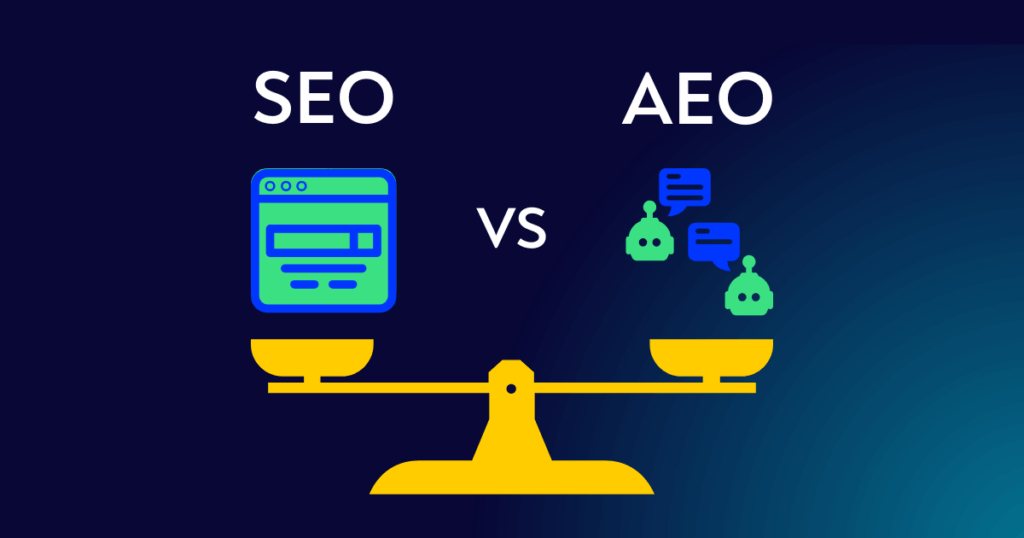



You’re running Google Ads. You’re investing in SEO. The traffic graphs might be inching upwards, and you’re seeing clicks come through, but something feels disconnected. You’re busy managing separate campaigns, analysing different reports, and wondering if all this effort is actually contributing to meaningful business growth. It's a common story: plenty of activity, but no clear, unified direction. This scattered approach often leads to wasted ad spend, diluted messaging, and a frustrating plateau in your revenue.
The solution isn’t another marketing "hack" or a more complicated set of tools. It’s about finding a single, powerful focus for your entire marketing engine. It’s about defining your North Star. This is the one metric that perfectly captures the core value your customers receive from your business. When both your SEO and Google Ads strategies are aimed squarely at this one target, they stop being two separate channels and start working together as a powerful, compounding force for growth. This article will show you exactly how to find that North Star and use it to build a truly cohesive strategy that drives sales, not just clicks.

Too many businesses operate their digital marketing in silos. The SEO team celebrates a number one ranking for a keyword, while the Google Ads team focuses on lowering the cost-per-click. Each team hits its individual targets, but the business's bottom line barely moves. This happens when there's no single, overarching goal that unites every marketing action. Without a central objective, your efforts become a collection of disconnected tactics rather than a focused strategy. You end up with ad campaigns that attract tyre-kickers and SEO content that generates traffic but no leads, creating a cycle of activity without real progress.
A North Star Metric (NSM) cuts through the noise. It is the one measurement that, above all others, best represents the core value your business delivers to its customers. It’s not a vanity metric like website traffic or social media followers. Instead, it’s a leading indicator of long-term success because it directly reflects customer satisfaction and engagement. For Airbnb, that metric is "nights booked"—a simple figure that proves customers are finding value and trust in their platform. For Spotify, it could be "time spent listening to music." Your North Star is the proof that your business is solving a real problem for your customers, and a rising NSM is a clear signal of sustainable, healthy growth.

When you align your marketing with a North Star, the conversation shifts from intermediate metrics like rankings and click-through rates to what actually matters: revenue growth and return on investment. A good North Star is intrinsically linked to actions that generate sales. For an e-commerce store, the NSM might be "number of repeat purchases per customer." For a local trade business, it could be "number of quotes accepted per month." By focusing both your SEO and Google Ads efforts on driving this single metric, you ensure that every dollar spent and every hour invested is directly aimed at improving your bottom line. You stop chasing cheap clicks and start attracting valuable customers who will actually grow your business.
A North Star forces you to put your customer at the very centre of your strategy. Instead of asking, "How can we rank for this keyword?" or "How can we get more clicks on this ad?", you start asking, "How can we deliver more value to our customers?" This simple shift in perspective is transformative. It ensures your ad copy, your organic content, and your landing pages all work together to solve your customer's problem. This company-wide alignment around a common goal creates a seamless and valuable customer experience, which in turn fosters loyalty, repeat business, and genuine brand advocacy.
Operating SEO and Google Ads in harmony creates a powerful data feedback loop. The insights gained from one channel can be used to dramatically improve the performance of the other. Imagine your Google Ads campaign uncovers a piece of ad copy with an exceptionally high conversion rate. This isn't just an ad insight; it's a human insight. That same messaging can be immediately tested in your SEO meta titles and descriptions to improve organic click-through rates. Conversely, when your SEO efforts reveal a long-tail keyword that consistently brings in highly qualified organic leads, you can build a targeted Google Ads campaign around it to capture even more of that high-intent traffic. This synergy eliminates guesswork and makes your entire marketing ecosystem smarter and more efficient.
With a North Star as your guide, keyword selection becomes far more strategic. Instead of having one list for SEO and another for Ads, you develop a unified keyword strategy focused on user intent that leads to your North Star. You can use Google Ads to quickly test the commercial viability of keywords before investing months into ranking for them organically. At the same time, your SEO content can target informational keywords that nurture potential customers, with remarketing ads ready to engage them when they show buying signals. This creates a consistent presence across the entire search results page, capturing your ideal customer no matter how they search.
A user's journey often starts with a search, but it ends on your landing page. Misalignment between your ad or organic listing and your landing page is a guaranteed way to lose a potential customer. A unified strategy ensures the promise you make in your ad copy or meta description is paid off seamlessly on the page they land on. The headline, content, and call-to-action all work together to guide the user toward the one action that defines your North Star—whether that’s booking a demo, making a purchase, or filling out a contact form. This consistency builds trust and significantly increases the likelihood of conversion.
When you measure both SEO and Google Ads against the same North Star, budget allocation becomes a data-driven decision, not a gut feeling. You can clearly see which channel is driving your primary metric most effectively and adjust your spend accordingly. Perhaps in one quarter, a targeted ad campaign is the fastest path to growth. In the next, building on strong organic foundations yields a better long-term return. This flexible, goal-oriented approach allows you to invest your marketing budget where it will have the biggest impact on actual business growth, maximising your overall ROI for the current year.
Consider a hypothetical Sydney-based architecture firm. Initially, their marketing was fragmented. They ran Google Ads targeting broad keywords like "architects Sydney," leading to expensive clicks but few qualified leads. Their SEO focused on blog posts about design trends, generating traffic but not consultations. Their true business driver was high-value residential projects.
After redefining their strategy, they established a North Star Metric: "Number of qualified project consultations booked per month."
With this new focus, they overhauled their approach:
The result was a significant drop in irrelevant traffic but a sharp increase in high-quality leads. This mirrors the success of companies like Colt Technology Services, which achieved a 43% increase in inbound leads by adopting an NSM-focused approach. The firm's marketing spend became more efficient, and their sales pipeline filled with the exact type of clients they wanted.
Defining a North Star is a powerful first step, but successful implementation requires avoiding a few common traps. One of the biggest mistakes is choosing the wrong metric. Picking a vanity metric, like website traffic, can send your teams chasing numbers that don't translate to business growth. Another pitfall is failing to align your entire team around the metric. If your sales team has one goal and your marketing team another, you'll simply create new silos. Finally, a North Star isn't a "set it and forget it" objective. Your business and the market will evolve, so it's essential to regularly review your NSM to ensure it still accurately reflects customer value and guides you toward long-term success.
Once you've defined your North Star, the most critical step is to measure it relentlessly. This means setting up robust conversion tracking in Google Analytics 4, Google Ads, and any other platforms you use. Every significant customer action that contributes to your NSM must be tracked as a conversion. This data becomes the single source of truth for your marketing performance. Your weekly team meetings should no longer start with a review of clicks and impressions, but with one simple question: "Are we moving closer to our North Star?" This focus on a single, meaningful metric provides absolute clarity and ensures everyone is pulling in the same direction, making it easy to see exactly how your marketing efforts are paying off.
Looking ahead, the integration of SEO and Google Ads under a single North Star isn't just a best practice for 2025; it's the foundation for sustainable growth into 2026 and beyond. Marketplaces become more competitive and advertising costs continue to rise. Businesses that win will be those that operate with maximum efficiency and a deep understanding of what truly drives value for their customers. A North Star strategy provides that clarity. It future-proofs your marketing by anchoring it to the one constant in any business environment: the need to deliver a fantastic customer experience. By building this framework now, you create a resilient, adaptable marketing engine that is built for the long term.

We value your privacy
We use cookies to enhance your browsing experience, serve content, and analyse our traffic. By clicking "Accept All," you consent to our use of cookies. Cookie Policy

